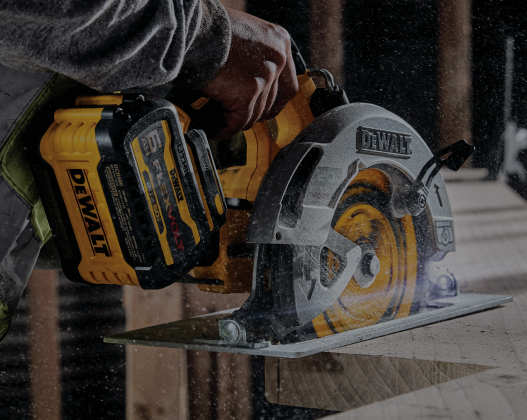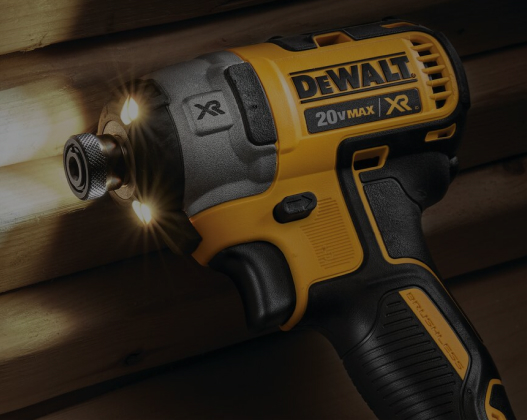- Featured Items
- Top Sellers
- Price (Low to High)
- Price (High to Low)
- No-Load Speed (SPM): 0 - 3300
- Stroke Length: 1/2 in
- Weight: 3 lbs.

Earth Week Sale! Save an extra 10% off Reconditioned Products! Use code: EARTHWEEK
Reciprocating Saws
A reciprocating saw uses the short, back-and-forth motion of its long, thin blade to easily tear through material. They’re a favorite saw for demolition, remodeling, and construction projects. Jobs where you might struggle to use a crowbar or hacksaw to remove drywall or old wood are finished much quicker and more easily with a reciprocating saw.
It’s certainly not the best saw for making delicate, precise cuts (you’ll likely want to reach for a jig saw for those), but a reciprocating saw is ideal for demolition scenarios when you need to be a bit more aggressive. DIYers and professionals alike will get considerable use out of their reciprocating saw for removing walls, windows, doors, plumbing, and more. You can even use one to prune limbs from small trees.
Choosing the Best Reciprocating Saw
There are several factors to keep in mind when purchasing a new reciprocating saw depending on your specific needs.
Quick Blade Change Adapter
While reciprocating saws typically have a hex wrench clamp to hold the blade, there are now quick blade change adapters to easily change blades on the fly. If you spend a lot of time working in small, tight areas where blades frequently bend or break, it can be difficult to swap in a new blade without having to stop and interrupt your work for several minutes. The quick change adapter allows you to switch blades without missing a beat.
Amperage and Voltage
As with other tools, a battery with a higher amperage and voltage means more power. For bigger jobs, a high-powered saw may simply be a necessity, but these tools are often heavier and more difficult to manage. If you plan to use your reciprocating saw throughout the day for extended periods of time, a lighter, lower-voltage model may be the best option. Amperages generally range from 4.0 amp to 16.0 amp, with voltages coming in at 18V, 14V, 36V, and beyond. You should definitely be able to find one that suits the type of work you do.
Blade Size and Type
Reciprocating saw blades are available in lengths of 4, 6, and 12 inches. The size that’s appropriate for you largely depends on the demands of the project. Smaller blades are naturally lighter and easier to handle. If you’re doing light remodeling work in your home, a small blade will likely be more than up to the job. For more intense demolition tasks, such as tearing out an entire wall, you’ll want to go bigger. You can also find different blades based on the type of material you’re cutting, including wood, metal, and a hybrid known as a demolition or bi-metal blade.
We have a wide range of new and reconditioned reciprocating saws available at CPO Outlets from top brands like DeWALT, Bosch, Makita and more.





























